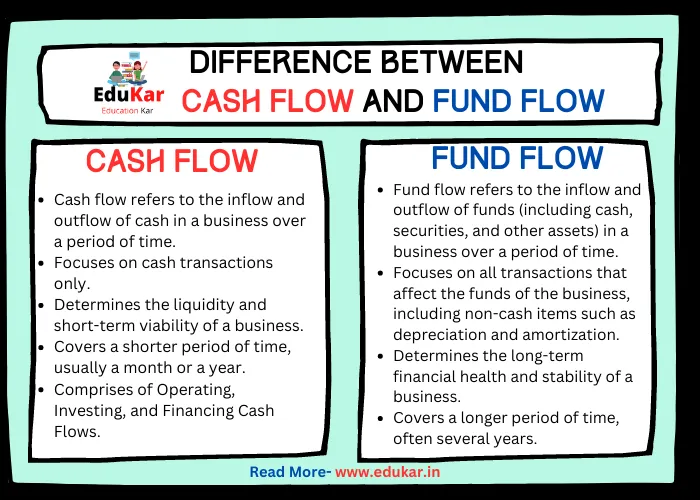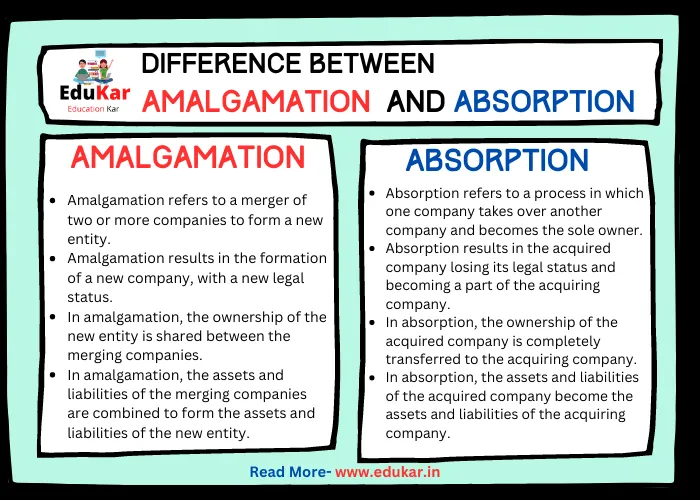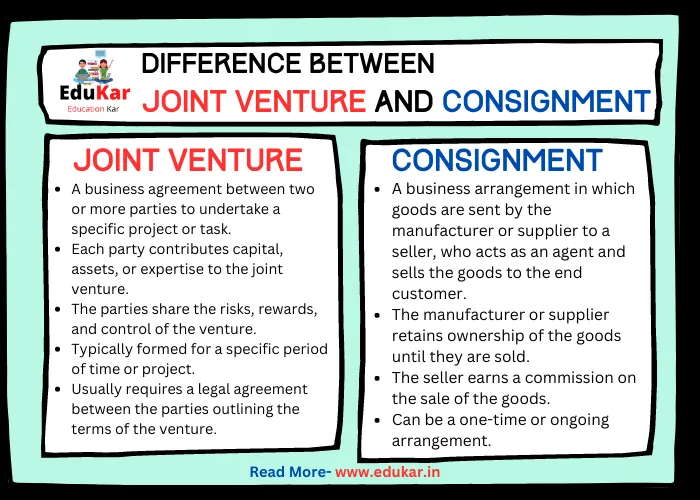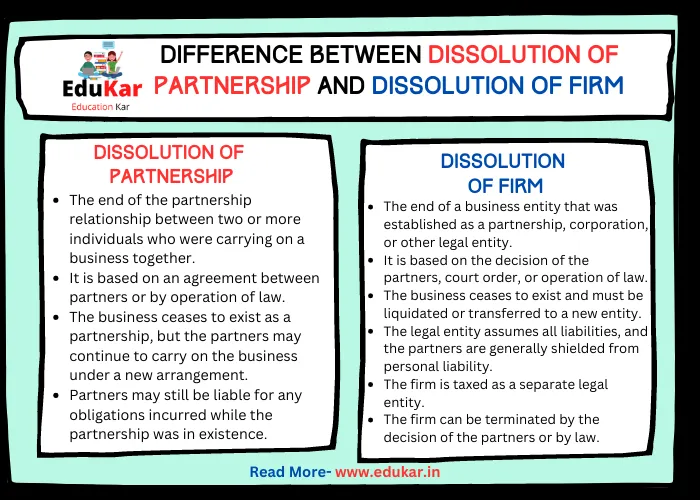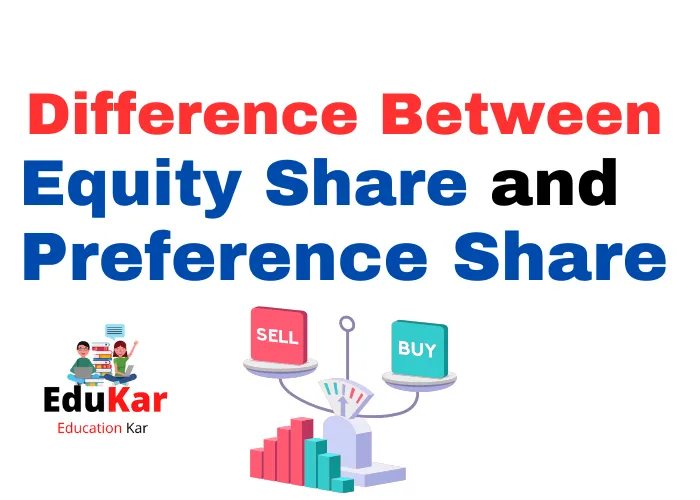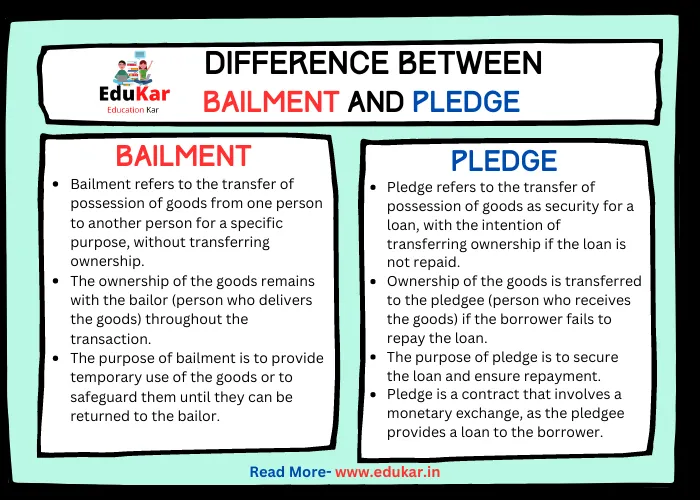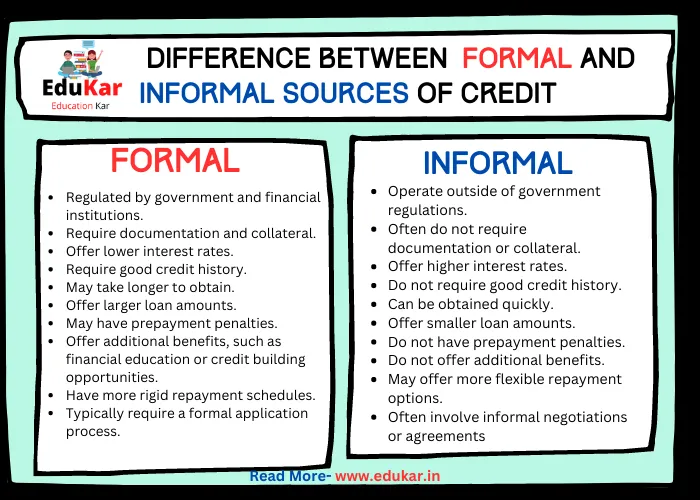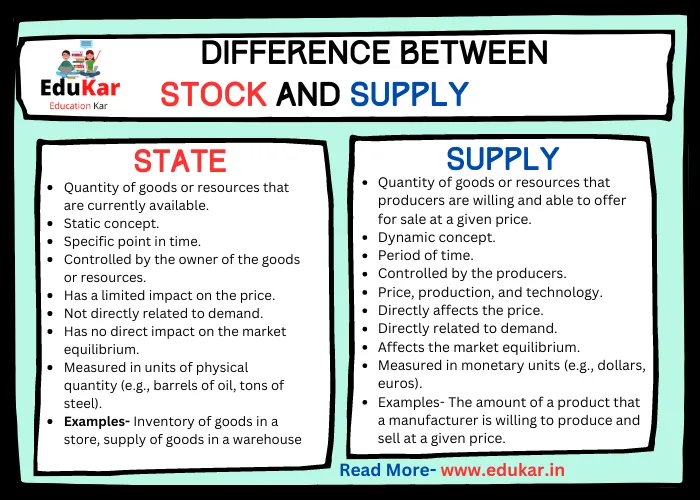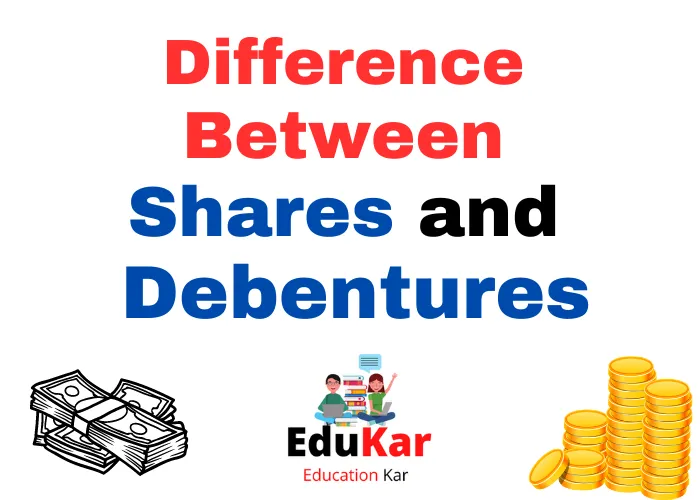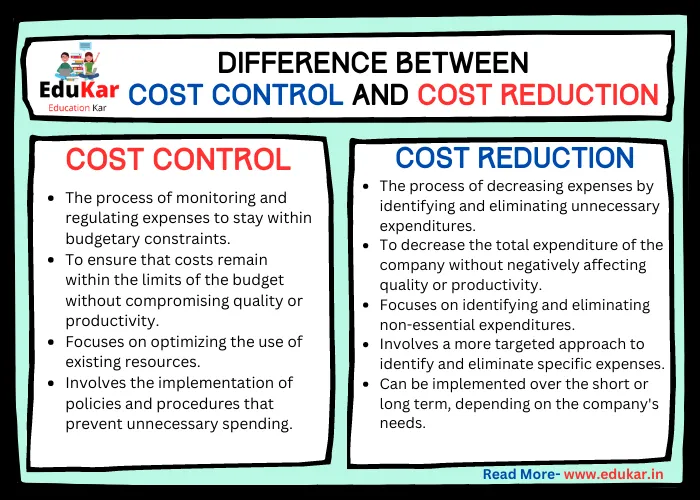Contents
- 1 Introduction
- 2 Cheque
- 3 Bill of Exchange
- 4 Differences between Cheque and Bill of Exchange
- 5 Similarities between Cheque and Bill of Exchange
- 6 Conclusion
- 7 FAQs
- 7.1 What is a cheque?
- 7.2 What is a bill of exchange?
- 7.3 What is the difference between a cheque and a bill of exchange?
- 7.4 Are cheques and bills of exchange legally binding documents?
- 7.5 Can a bill of exchange be used to transfer money?
- 7.6 Can a cheque be used to transfer ownership of goods or services?
- 7.7 Can a cheque be dishonored?
- 7.8 Can a bill of exchange be dishonored?
- 7.9 Is a cheque more commonly used than a bill of exchange?
Learn about the key differences between cheques and bills of exchange in this informative guide by Edukar. Discover the unique characteristics of each payment method and understand when each is best used. Find out more about the legal implications of using these documents and avoid any potential pitfalls. This blog provides a comprehensive guide on the differences between cheque and bill of exchange.
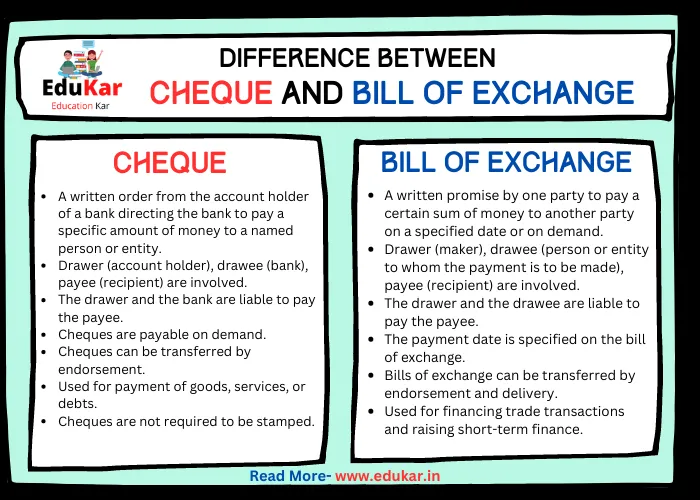
Introduction
The financial world is replete with different types of instruments for transactions, each with its unique features and purposes. Two of these instruments that are commonly used are the cheque and bill of exchange. Both serve as methods of payment, but they differ in various aspects. It is essential to understand the differences between these instruments to make informed decisions when making transactions.
Cheque
A cheque is a financial instrument used to transfer money from one bank account to another. The person who writes the cheque is called the drawer, and the person who receives it is called the payee. The bank holds the funds, and the cheque serves as an order to the bank to pay the specified amount to the payee.
Features of Cheque
- It is a negotiable instrument.
- It can be post-dated or pre-dated.
- It can be payable to bearer or to a specific person.
- It is payable on demand.
Parties Involved in a Cheque Transaction:
Drawer: The person who writes the cheque.
Payee: The person who receives the cheque.
Bank: The intermediary that holds the funds and processes the payment.
Types of Cheques
Bearer Cheque: Payable to anyone who presents the cheque to the bank.
Order Cheque: Payable to a specific person.
Crossed Cheque: The cheque is crossed by drawing two parallel lines across the face of the cheque to indicate that it cannot be encashed at the counter but must be deposited into a bank account.
Open Cheque: The cheque is payable at the counter of the bank and can be encashed by the bearer.
Bill of Exchange
A bill of exchange is a written document that serves as a promissory note between parties. It is an agreement between the drawer and the payee to pay a specified amount at a future date. A bill of exchange can be used as a method of payment or as a means of financing.
Features of Bill of Exchange
- It is a written document that serves as a promise to pay a specific amount.
- It is a negotiable instrument.
- It is payable at a future date.
- It can be endorsed to another person.
Parties Involved in a Bill of Exchange Transaction
Drawer: The person who writes the bill of exchange.
Payee: The person who receives the bill of exchange.
Endorser: The person who endorses the bill of exchange to another party.
Endorsee: The person to whom the bill of exchange is endorsed.
Types of Bills of Exchange
Inland Bill of Exchange: A bill of exchange drawn and payable within the same country.
Foreign Bill of Exchange: A bill of exchange drawn and payable in different countries.
Documentary Bill of Exchange: A bill of exchange that is accompanied by shipping documents for goods being transported.
Differences between Cheque and Bill of Exchange
| Cheque | Bill of Exchange | |
|---|---|---|
| Definition | A written order from the account holder of a bank directing the bank to pay a specific amount of money to a named person or entity | A written promise by one party to pay a certain sum of money to another party on a specified date or on demand |
| Parties Involved | Drawer (account holder), drawee (bank), payee (recipient) | Drawer (maker), drawee (person or entity to whom the payment is to be made), payee (recipient) |
| Type of Document | Order instrument | Promise instrument |
| Payment | Unconditional order to pay | Conditional promise to pay |
| Acceptance | Not required | Required by the drawee before payment can be made |
| Liability | The drawer and the bank are liable to pay the payee | The drawer and the drawee are liable to pay the payee |
| Payment Date | Cheques are payable on demand | The payment date is specified on the bill of exchange |
| Transferability | Cheques can be transferred by endorsement | Bills of exchange can be transferred by endorsement and delivery |
| Usage | Used for payment of goods, services, or debts | Used for financing trade transactions and raising short-term finance |
| Stamp Duty | Cheques are not required to be stamped | Bills of exchange are required to be stamped |
Similarities between Cheque and Bill of Exchange
Role of Banks in Cheque and Bill of Exchange Transactions: Banks play a crucial role in both cheque and bill of exchange transactions as intermediaries that hold funds and process payments.
Importance of Signature and Date in Both Instruments: Both cheque and bill of exchange require the signature of the drawer and the date of issuance for legal enforceability.
Legal Enforceability of Both Instruments: Both cheque and bill of exchange are legally enforceable documents that can be used to initiate legal proceedings.
Conclusion
The differences between cheque and bill of exchange are significant and can impact the effectiveness of a transaction. Understanding the features, parties involved, and suitable transactions for each instrument is crucial in making informed decisions. While both instruments are methods of payment, they differ in their legal characteristics, purpose and use, parties involved, and types of transactions. Choosing the appropriate financial instrument for a transaction is vital in ensuring a smooth and successful transaction.
FAQs
What is a cheque?
A cheque is a written order from an account holder instructing their bank to pay a specific amount of money to a named recipient.
What is a bill of exchange?
A bill of exchange is a written order from one party (the drawer) to another (the drawee) to pay a certain amount of money to a third party (the payee) on a specific date.
What is the difference between a cheque and a bill of exchange?
A cheque is a type of bill of exchange, but it is drawn on a bank and used to transfer money between individuals or businesses. A bill of exchange, on the other hand, can be drawn on anyone and is used to transfer ownership of goods or services, or to secure payment for a debt.
Are cheques and bills of exchange legally binding documents?
Yes, both cheques and bills of exchange are legally binding documents that can be used to enforce payment in a court of law.
Can a bill of exchange be used to transfer money?
Yes, a bill of exchange can be used to transfer money, but it is usually used to transfer ownership of goods or services, or to secure payment for a debt.
Can a cheque be used to transfer ownership of goods or services?
No, a cheque is not typically used to transfer ownership of goods or services, but rather to transfer money between individuals or businesses.
Can a cheque be dishonored?
Yes, a cheque can be dishonored if there are insufficient funds in the account, if the signature is not valid, or if the cheque is post-dated.
Can a bill of exchange be dishonored?
Yes, a bill of exchange can be dishonored if the drawee refuses to accept or pay the bill, or if the bill is not presented for payment within a certain period of time.
Is a cheque more commonly used than a bill of exchange?
Yes, cheques are more commonly used than bills of exchange because they are easier to use and are accepted by most businesses and individuals. Bills of exchange are typically used in international trade and by businesses that require more secure forms of payment.

